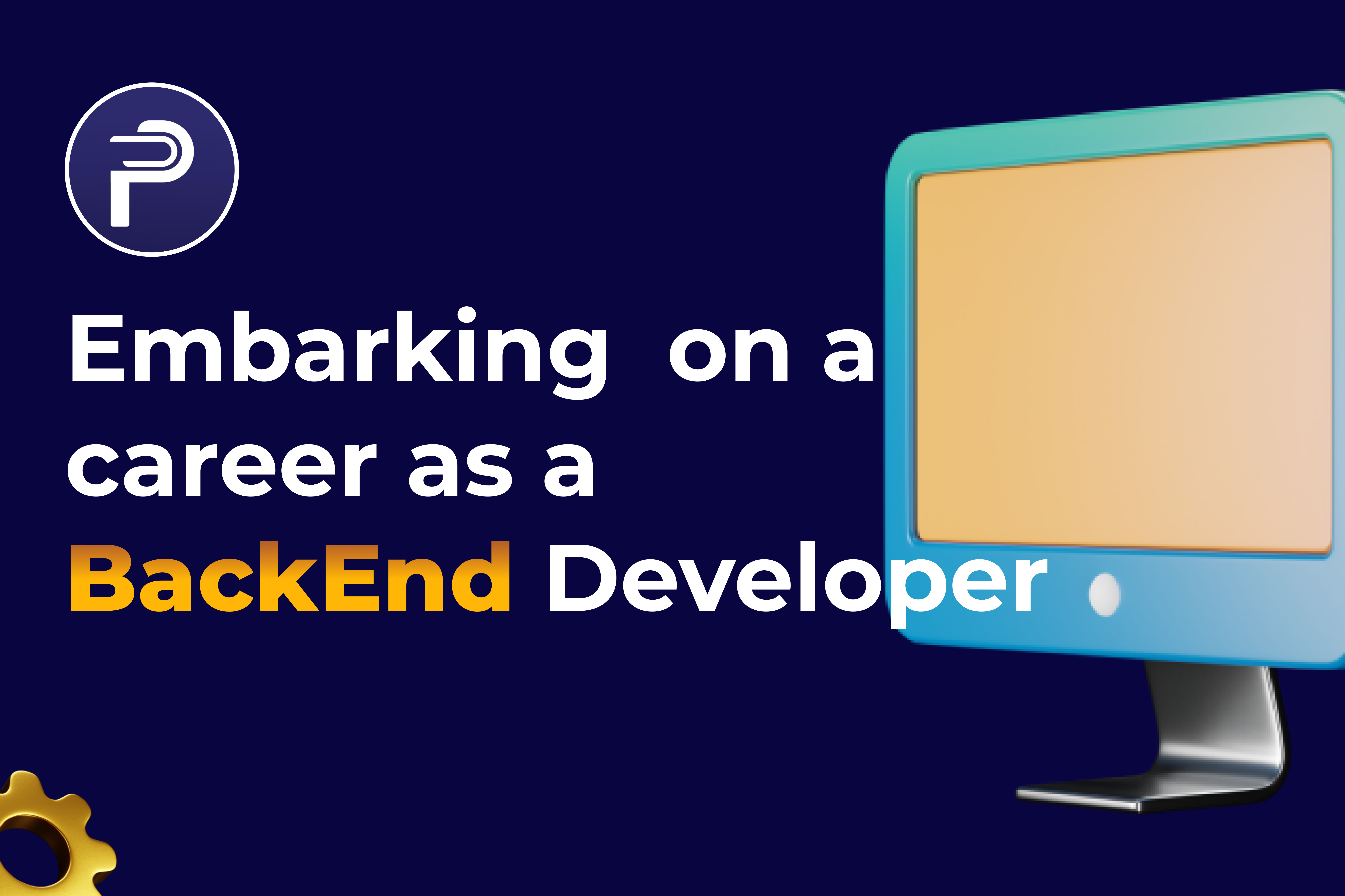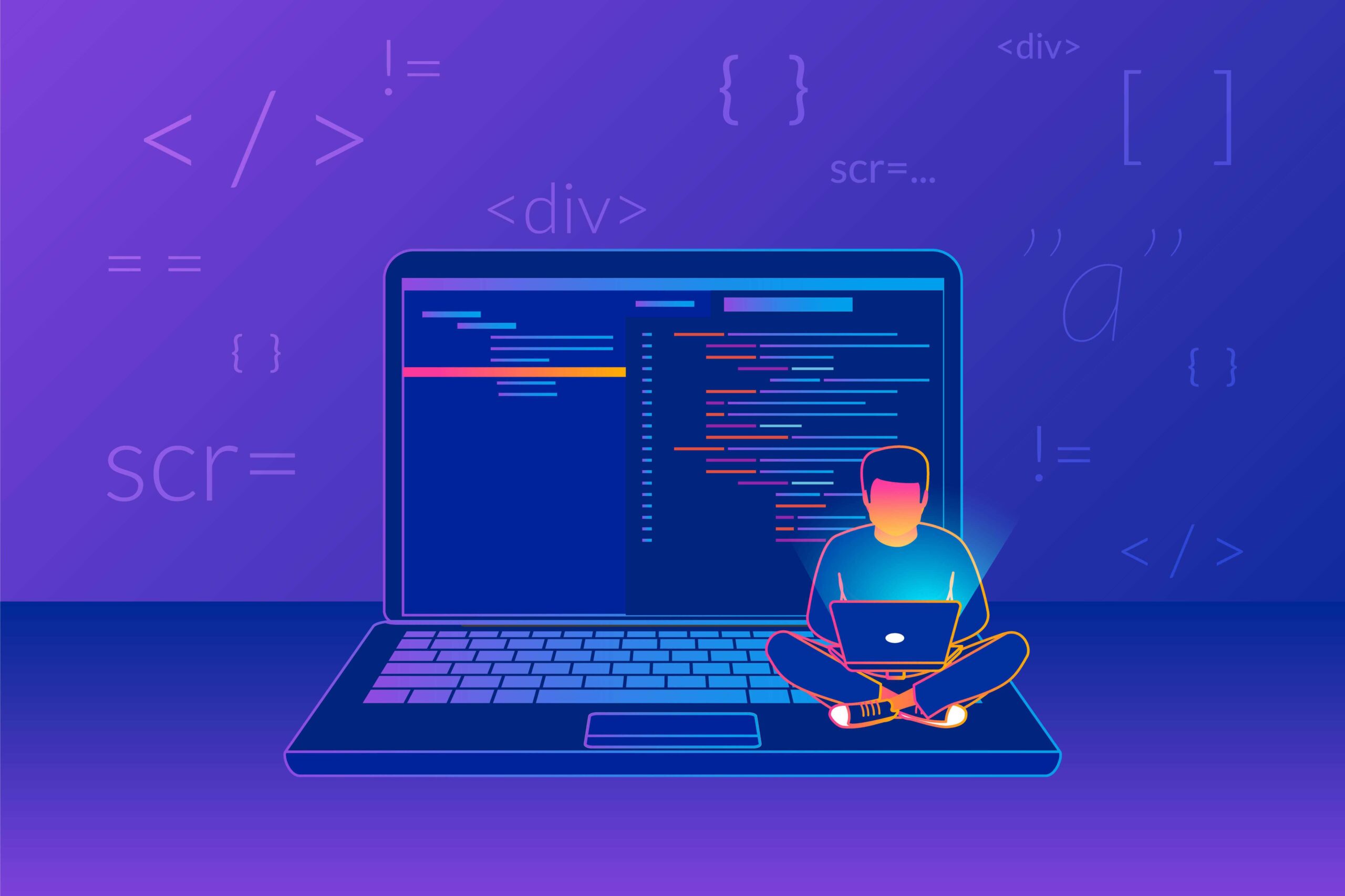
Introduction
Career opportunities in web development are on the rise, with demand surpassing the supply of skilled professionals. Those interested in the field and eager to learn new technologies have a distinct advantage in securing lucrative positions with significant growth potential.
Web developers take on various roles, some concentrate solely on backend or frontend development, while others opt to broaden their expertise as full-stack developers. Specialization is vital in the web development field, with backend engineers reaping the rewards of honing their skills and experience.
Backend development offers a rewarding career path for individuals with experience in web development or a strong interest in development technologies. What exactly does a backend developer do, and how can you start working towards the qualifications for this dynamic career? Let’s delve into it.
Must Read:7 Ways to Studying Effectively Online
Who Is a Backend Developer ?

Web development consists of two main components: backend and frontend. When a visitor arrives on a website, their initial interaction and experience are the result of frontend development. Although the average internet user may not think about the backend process, the role of a backend web developer is equally crucial. The quality of user experience a website offers relies heavily on backend programming.
The role of a backend developer is to concentrate on tasks such as constructing an efficient website architecture, scripting, and coding that facilitates communication between the website’s database and the visitor’s browser.
For individuals pursuing a career in backend development, typical daily responsibilities include:
- Forming an understanding of the performance needs and goals of the website to develop effective, successful solutions
- Development and management of APIs
- Developing systems for websites to accept and securely store data, such as those required for payment processing systems
- Writing code, testing, and development solutions for code-related issues (maintenance)
- Development of site architecture using proper methodologies of the product life cycle, such as Agile Scrum and framework
- Organization of system logic
- Providing solutions to system problems
Are Back-end Developers in Demand?
Backend developers serve as the backbone of a website or software, responsible for everything that occurs behind the scenes. According to a survey conducted by HackerEarth, a developer hiring platform, backend developers are ranked at the top of the list of in-demand jobs. Hence, it’s clear that skilled backend developers are always in high demand.
How to Become a Backend Developer

Becoming a successful backend developer requires hands-on training in various aspects. Let’s look at the step-by-step guide on how to become a backend developer.
Step 1: Learn a Programming Language
Programming language is the language through which the developer can command the computer. A back-end developer needs to have knowledge of the programming languages. There are plenty of programming languages like C, C++, Java, etc. Choose one and start learning it. Understand every single step and technique. Focus on one language at a time, develop the skill, and practice.
It is a bonus if a back-end developer knows more than one programming language. Recently Python has led the list of programming languages.
Step 2: Get a Clear Idea About the Data Structure and Algorithm Basics
Data structures and algorithms are the absolute phenomena behind any application or software running. So, it is quintessential for a back-end developer to have a clear picture of the basics of data structures and algorithms.
Step 3: Learn Frameworks
Frameworks are a template where the developer can add, edit and alter the coding according to their needs. Although learning a programming language helps the developer to write any code, learning and using a framework is a time-saving way where you can use the same framework for multiple purposes. It cuts off rewriting the code every time.
Step 4: Learn the Database Concept
A database is a kind of storage zone and a structured data storage that can be accessed electronically.
Learning about the database is vital for back-end developers because it is the vault where they store the data through their programming language.
Step 5: Hands-on Training
Theoretical knowledge will never suffice in any field. The developer can not understand the techniques and formats behind any programming language until they practice it. Write your code and run it in the coder. Analyze the errors.
Following its start developing small apps like notes app, etc.,
Step 6: Ideate and Develop.
With enough practice, create unique ideas and develop them into any software. It is always better to start by modifying the existing software’s algorithm and understanding the modifications’ output.
Once done, start developing your idea and add it to your portfolio.
Step 7: Launch Your Idea
Now it is time for the developer to make their product available online like any cloud service that provides www. access. Pitch your product to multiple companies and bag your back-end developer job.
What Skills are Required in Backend Development?
Backend development serves as the foundation of web applications, responsible for crafting the server-side logic that ensures smooth operation. To excel in this dynamic field, developers require a diverse skill set that extends beyond coding expertise. Let’s delve into the essential skills needed in backend development.
Proficiency in Backend Programming Languages
Backend developers must master various programming languages, each with unique strengths and applications. From the versatile nature of Python to the scalability of Java, a breakdown of PHP, Java, Python, Perl, Ruby, and Node JS is essential. Understanding the evolution of these languages is crucial, as it sheds light on their relevance in modern web development.
Foundational Understanding of Front-end Web Technologies
While backend developers primarily focus on server-side operations, a solid grasp of front-end technologies, including HTML and CSS, is imperative. This foundational knowledge enhances collaboration with front-end developers and ensures a holistic understanding of the web development process. Real-world scenarios will illustrate the significance of this knowledge in creating cohesive and efficient web applications.
Knowledge of Frameworks
Frameworks are powerful instruments that streamline development procedures, boost efficiency, and aid in code maintainability. Backend developers must comprehend the significance of frameworks and be acquainted with popular ones linked to each programming language. This discussion will shed light on how frameworks function and their benefits, underlining their crucial role in backend development.
Analytical and Problem-Solving Skills
Analytical thinking is at the core of backend development, aiding developers in tackling complex issues efficiently. This section will discuss the importance of analytical skills and present real-world problem-solving scenarios commonly encountered by backend developers. Practical tips will be offered to help developers hone their analytical and problem-solving capabilities.
Areas of Work for Backend Engineers and Developers
Backend developers have a wide range of career opportunities available across various industries and locations. While some may work exclusively for a single company, others may choose to work for agencies specializing in web development services for multiple clients. Starting a career in this field involves learning the intricacies of server-side languages and gaining familiarity with the tools used in daily operations. It is advisable to seek entry-level positions to acquire practical, hands-on experience.
Employers seeking backend developers typically value a combination of relevant education, up-to-date skills training, and industry experience. A strong enthusiasm for learning new technologies is highly regarded in the web development industry. Advancing to senior backend developer roles often requires a solid understanding of frontend development. If you aspire to have a rewarding career in this field, beginning with backend development training is the first step. Transitioning to frontend or full-stack development certification is an important subsequent step to maximize your career prospects.
FAQs
1. How long does it take to become a back-end developer?
It usually takes three months to four years to become a back-end developer depending on the skill set needed to be acquired. A coding boot camp can be an immediate option to become a back-end developer. But four-year degree courses will land the developer in a better position.
2. Is it hard to become a back-end developer?
No, if the person is interested in programming and its skills, they can become a back-end developer. It might take time, but it is not more challenging.
3. Do I need a degree to become a back-end developer?
No, it is not necessary. Anyone with the knowledge and skills related to programming can become a back-end developer.
4. Which language is used in back-end development?
Multiple programming languages are being used in back-end development. The most common use programming languages include Java, Python, SQL, Ruby, PHP, etc.
